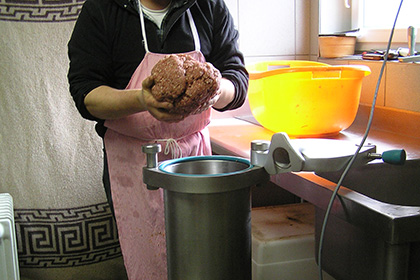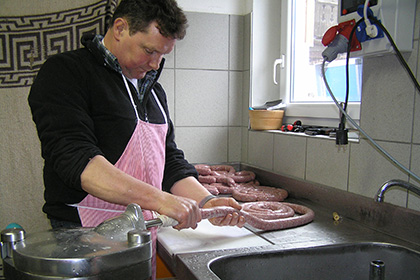The self-sufficient farmer slaughtered his own cattle from time to time and at least one pig a year.
Salting and smoking were once the most common methods of preserving meat on the farm.
We wanted to keep this tradition alive, so in 2009 we built a larger smelter according to the sanitary plans.
The cattle are slaughtered in the farm hall in San Candido and afterwards the meat is processed by us.
Bacon is made from many parts of the pig such as the shoulder, stomach, drumstick and square.
These are salted in as soon as possible, whereby we do not use curing salt and nitrite, i.e. only sea salt. The curing salt makes the meat nice and red and keeps the germs low, but some do not tolerate the nitrite in the curing salt so well. We also use the following spices: pepper, juniper berries, garlic and bay leaf.
They are layered in a surf tub so that little juice is lost and the bacon does not dry out.
The brine (sura) is created by letting it steep. For about three weeks, the individual pieces of meat are turned over once a week and rubbed with the resulting acid and turned.
The sides of bacon are hung on poles and taken to the smokehouse (selche), where they are gently smoked for about three weeks. This gradually gives the bacon its typical flavor.
A fire made from hardwood and juniper branches is very important for the incomparable aroma. After this time, the bacon goes into the ripening room, where it can ripen and dry.
The cooked bacon, on the other hand, is gently cooked immediately after smoking.
The production of bacon takes a lot of calm and consideration. The pork belly can be eaten first: The sides are thinner than shoulder and drumstick, meat and fat are evenly pervaded and give it a unique aroma.
Shoulders and mallets take longer to mature and are only really good after about 6 months if stored properly.
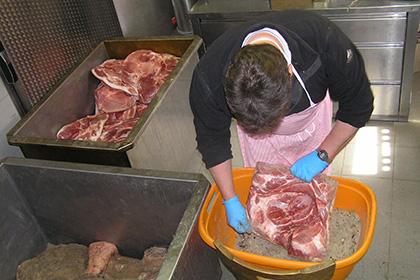
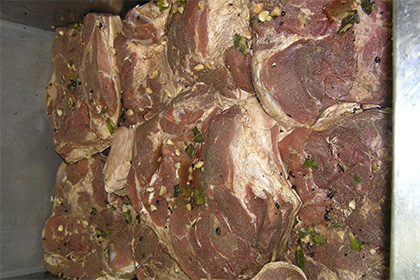
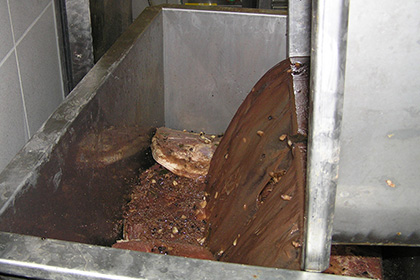
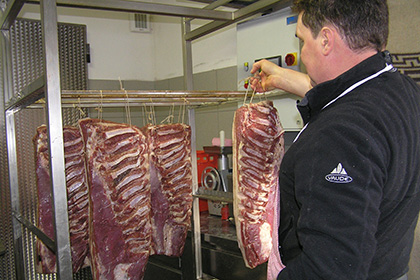
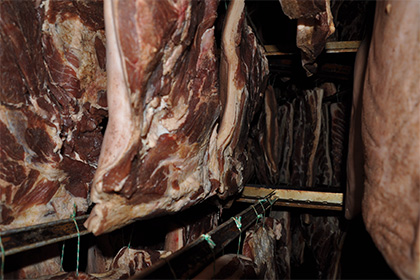
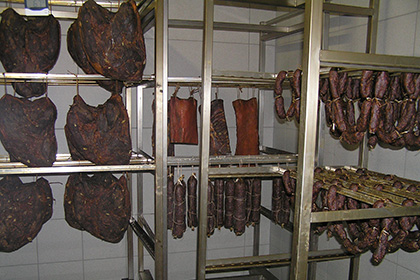
The production of the "Kaminwurzen" does not take that long. Beef and pork are mixed and minced, salted and seasoned.
The sausage meat is stuffed into cleanly cleaned intestines, twisted into sausages and tied. They are hung in the smoke and dried in the process. "Kaminwurzen" are ready to eat after about 2-3 weeks.
Otherwise Paul also makes salamis, smoked beef, smoked pork knuckle, fresh house sausages and various sausage specialties.
